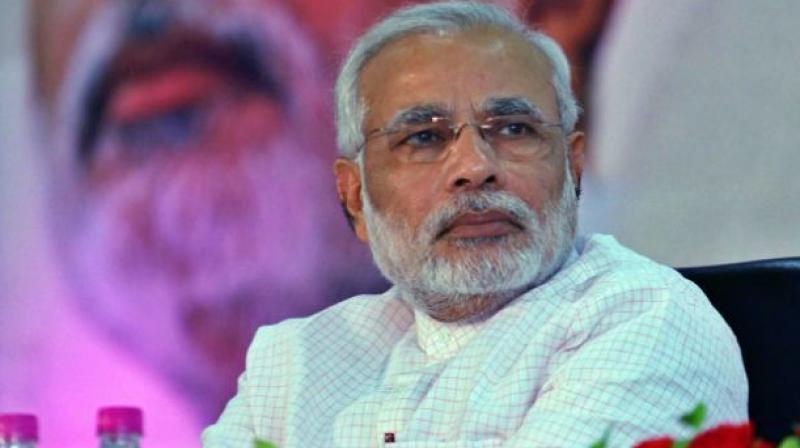Can govt act now to ease the pain?

With just four days to go before the end of the 50-day deadline Prime Minister Narendra Modi had set when he announced the demonetisation, to ease the pain of the withdrawal of Rs 1,000 and Rs 500 notes, the devastating effect of snuffing out nearly 86 per cent of the cash in circulation continues. Its implementation has been sorely lagging behind what needed to be done. Till now the Reserve Bank has managed to put back barely a fraction of the Rs 15.4 lakh crores demonetised currency, and reports claim the full amount can be done only by June as the two printing presses have limited capacity. Rural India has faced unprecedented pain, much worse than urban India. Bank branches are few and far between in rural areas, and are usually open for just a day or two a week.
The Federation of Micro and Small & Medium Enterprises says the smaller the enterprise, the bigger the problem, and reports claim manufacturing value addition has come to a halt. The informal sector, like MSMEs, has been in a trauma as cash transactions rule there. In areas like Tirupur in Tamil Nadu, about one-and-a-half lakh workers in about 2,000 small and micro units have been literally put on hold as there’s no cash to pay them and demand is down. The situation is similar in several other labour and cash-intensive sectors. Daily wage earners in the informal sector, the backbone of employment, have been badly hit and it is doubtful if they can recover from this traumatic situation in the next few months.
The PM has added insult to injury by saying he has the people’s support over this. While there was overwhelming support for demonetisation in the early days, now, after 50 days, there is only pain and disillusion in implementation of this fatal move. Rooting out corruption or curbing black money are worthy objectives. but little has been achieved in these areas. Those demanding bribes are taking the new Rs 2,000 notes or seeking payoffs in gold and diamonds. Experts also say barely six per cent of illegal money is in cash, while the rest is mostly in real estate or jewellery.
Attacking this six per cent could have been handled more effectively without causing pain and suffering to millions of people. So while the rich are laughing all the way to the bank, the poor continue to face immense hardships. Mr Modi, who usually has his hands on the pulse of the people, appears to have gone wrong over demonetisation. As an afterthought the government is now talking about “digitising” India. This is also a pipedream as even in the most advanced countries like Germany and the US, cash is still the most common mode of monetary transactions.

